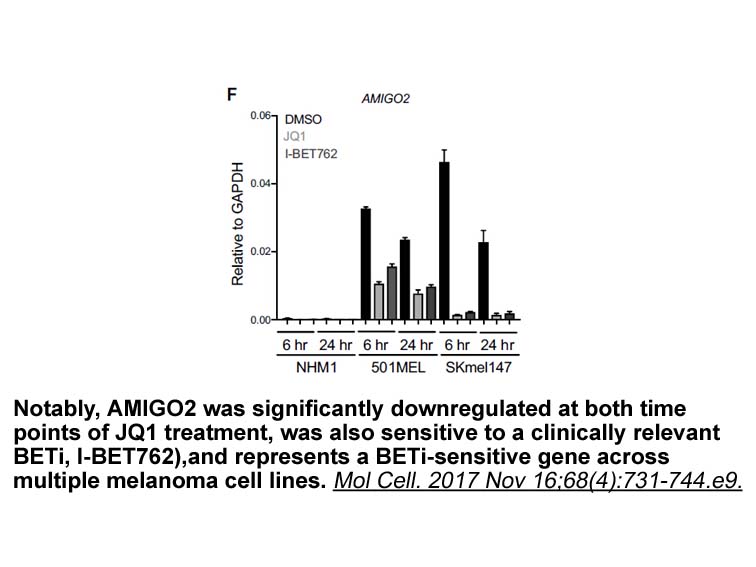Archives
angiotensin receptor blocker br Methods br Results br
Methods
Results
Discussion
These findings support the life course model of a “sensitive period” during early life, in which factors during childhood influence health in the medium term (Ben-Shlomo et al., 2014). This type of model suggests that effects during this early window are long-lasting, but that the exposure during other time windows (e.g., after moving) can also influence later disease risk. This contrasts with a “critical period” model, in which only exposures during early windows are relevant, and later exposures are not influential (Ben-Shlomo & Kuh, 2002). In the context of this study, this implies that both stayers and movers are influenced by their early life state environment during an early window, but that those who move are also affected by later exposures in their new state-of-residence.
This study contributes to the literature on the relative importance of childhood versus adult SES in determining later life health and mortality. The size of the association between childhood contextual factors and health status is small but robust to the inclusion of variables representing adult SES, making our findings consistent with those of prior studies that found that state- or region-of-residence in childhood has a direct effect on adult chronic disease outcomes even after controlling for adult SES (Rehkopf et al., 2015; Nandi, Glymour, Kawachi & VanderWeele, 2012; Patton et al., 2011). Compared to these prior studies, our use of the state health and mortality risk scores represents an innovative way to describe contextual factors during childhood using predictive modeling to construct a composite index and avoid over-fitting the models to the available data. While these models do not imply a causal association, they angiotensin receptor blocker identify factors that are consistently related to health and internally validated. Future studies could replicate this work in other samples to provide external validation.
Several possible mechanisms may account for the relationship between early life state-of-residence and later life health. It may be that childhood state-of-residence is mediated by other adult SES factors for which we do not have complete data on the full cohort. For example, early state-of-residence may influence educational and employment opportunities, thus influencing adulthood socioeconomic circumstance, which itself affects adult health (Case, Fertig & Paxson, 2005). Yet some studies have found that low childhood SES is associated with adult health even when individuals are upwardly mobile throughout their lives (Poulton et al., 2002). This might suggest that childhood state-of-residence influences child health, which then goes on to impact adult health. For example, prior work has found that variations in state economic and social policies – such as social welfare and education investments – may lead to differences in child health outcomes (Black, Devereux & Salvanes, 2008; Haider, Jacknowitz & Schoeni, 2003; Hamad & Rehkopf, 2015, 2016), which sets children on a trajectory with respect to their adult health.
Our finding that the association between childhood state-of-residence and adult health is less pronounced among older individuals may represent a dilution of the effect over time, which is also supported by the lack of an association between the SMRS and mortality. Alternately, prior work has found that the association of health with social factors such as education is different among different cohorts and subgroups (Everett et al., 2013), such that cohort effects or differences in the composition of the sample over time may weaken the association between the predicted risk scores and mortality.
We also find that the results for health status are attenuated among movers compared to the sample overall, which may reflect a decreased exposure to early life state environment and therefore a decreased association with later life health. It may also be that those who resided in m ore disadvantaged environments during childhood were more likely to move, or that they possessed unique personal or family characteristics that buffered them against the effects of state disadvantage. Prior research supports the idea of selective migration (Norman, Boyle & Rees, 2005; Rogerson & Han, 2002), possibly explaining these findings.
ore disadvantaged environments during childhood were more likely to move, or that they possessed unique personal or family characteristics that buffered them against the effects of state disadvantage. Prior research supports the idea of selective migration (Norman, Boyle & Rees, 2005; Rogerson & Han, 2002), possibly explaining these findings.